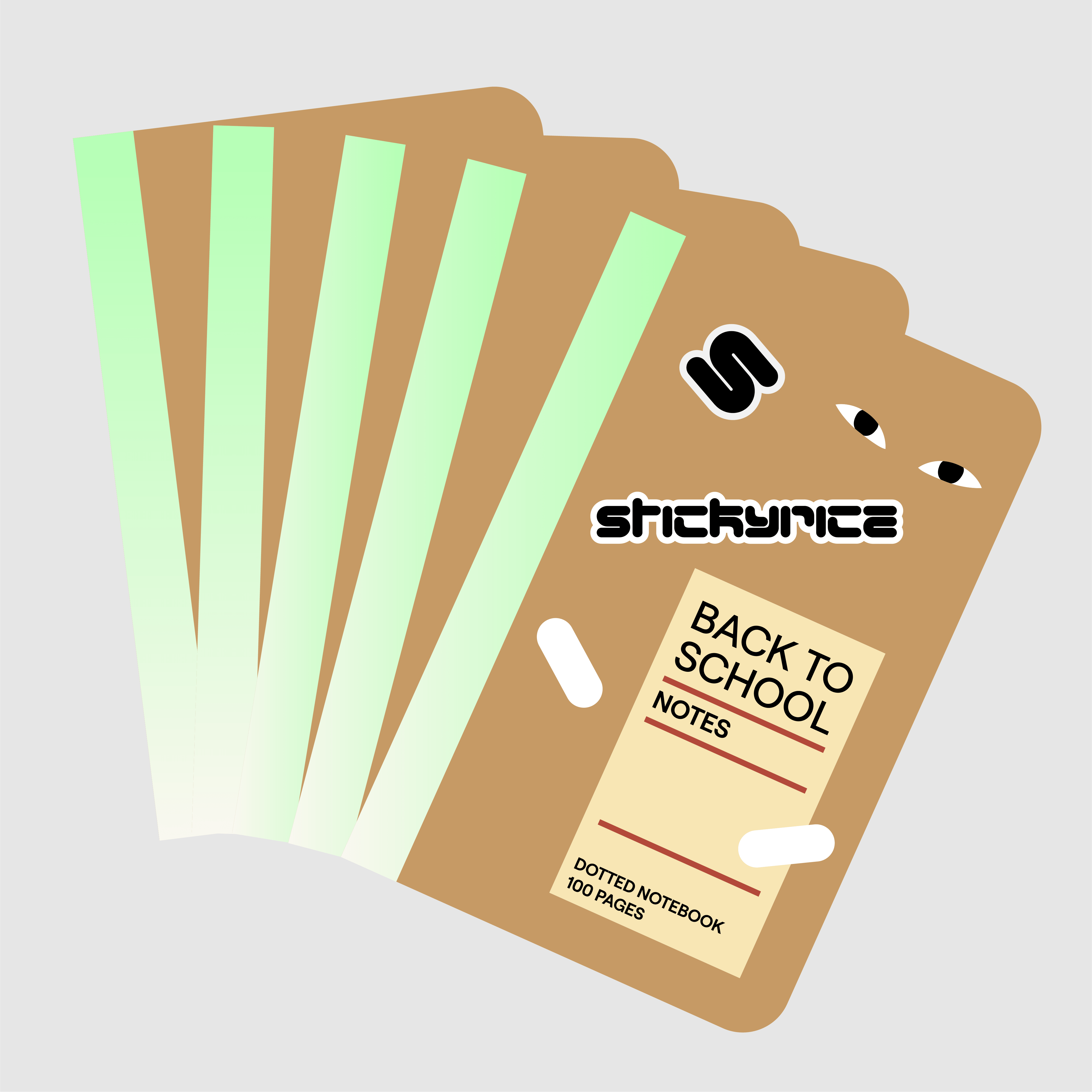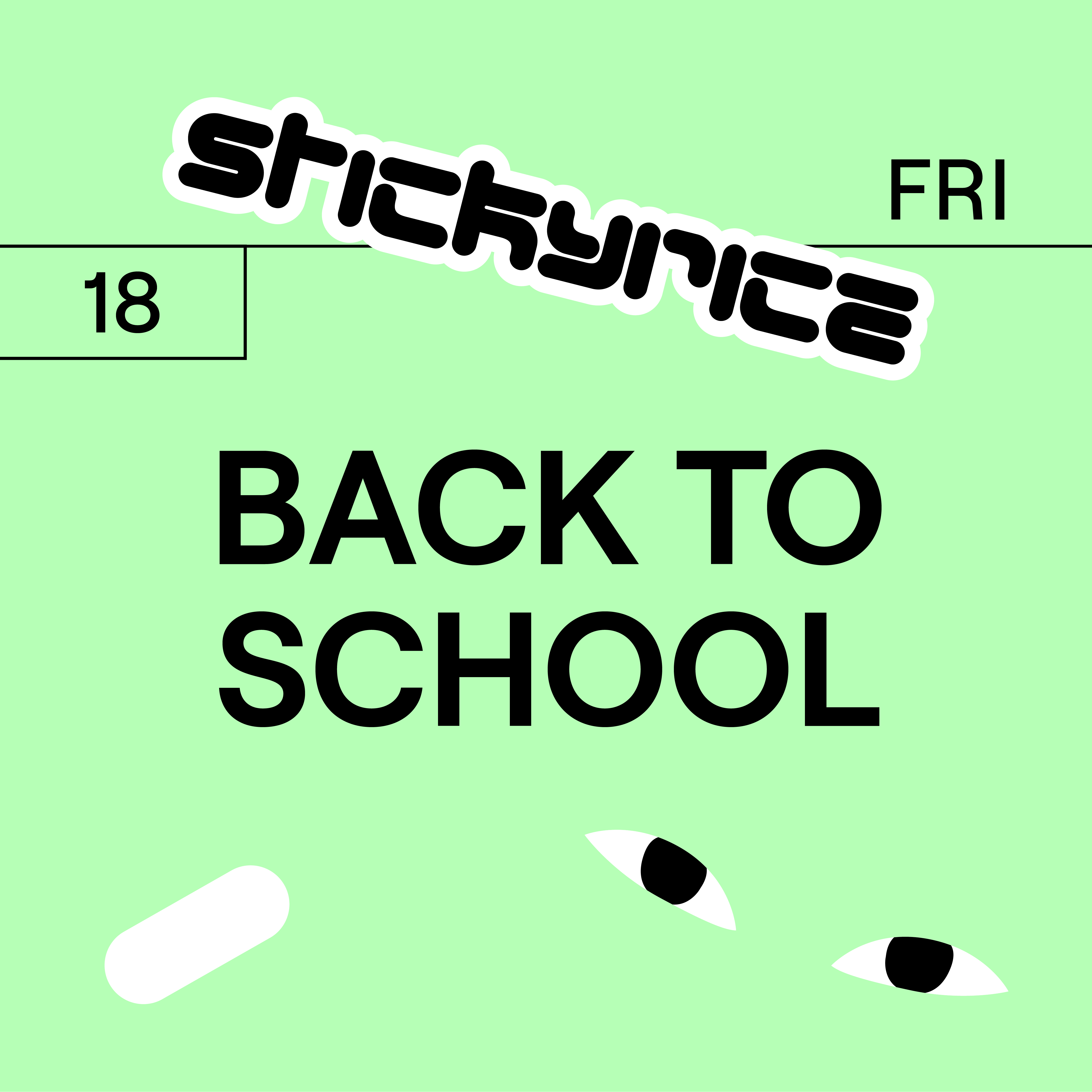Opinion
BACK-TO-SCHOOL: A TEACHER’S THOUGHTS AND WORRIES
By Kevin Ah-Sen
September 18th, 2020

If you’re a stationery enthusiast like me, the back-to-school season would normally be an exciting time to stock up on your MUJI supplies; adding more to our years-worth collection of fine notebooks, gel pens, and mechanical pencils filled to the brim of some repurposed shoebox. This year doesn’t carry the same back-to-school spirit.
The abrupt end of the school year back in March has left students, teachers, parents, and school administrators confused and unconfident. Only recently receiving last-minute directives from the Ministry of Education, school administrators and teachers are allotted very little time to figure out how to effectively go about this academic year. Likewise, parents are not given sufficient time nor information to really consider their options. In the province of Quebec, there are three possible (and I say this with such reluctance) scenarios: in-person learning, remote-learning, and homeschooling. But don’t be fooled, there’s a catch.
So far, Quebec’s back-to-school plan has not been promising. Many are worried and frustrated. “Inadequate” is how most people would describe the guidelines. In reaction, a petition is circulating with over 30,000 signatures demanding that the Quebec government review its plan.
Unlike the province of Ontario where parents can opt for remote-learning for their child/ren, Quebec has decided otherwise. Only students with severe and specific medical conditions certified by a doctor’s note qualify for remote-learning. These restrictive guidelines leave students with other health conditions and chronic illnesses no choice but to return to school. These restrictions on each student’s right to education only reveal alarming realities and necessitate an urgent critique on the people and organizations who call the shots.
The ongoing debate about whether or not to send students back to school unveils the disparities between households who can afford their child/ren’s education and those who cannot. Low-income households and immigrant families who don’t have the language capacities to support their child/ren academically are disproportionately affected. It is unrealistic to think that they have a choice. The people who have thought about, written and pushed for these policies neglected to care for students and families of marginalized communities.
The abrupt end of the school year back in March has left students, teachers, parents, and school administrators confused and unconfident. Only recently receiving last-minute directives from the Ministry of Education, school administrators and teachers are allotted very little time to figure out how to effectively go about this academic year. Likewise, parents are not given sufficient time nor information to really consider their options. In the province of Quebec, there are three possible (and I say this with such reluctance) scenarios: in-person learning, remote-learning, and homeschooling. But don’t be fooled, there’s a catch.
No choice
So far, Quebec’s back-to-school plan has not been promising. Many are worried and frustrated. “Inadequate” is how most people would describe the guidelines. In reaction, a petition is circulating with over 30,000 signatures demanding that the Quebec government review its plan.
Unlike the province of Ontario where parents can opt for remote-learning for their child/ren, Quebec has decided otherwise. Only students with severe and specific medical conditions certified by a doctor’s note qualify for remote-learning. These restrictive guidelines leave students with other health conditions and chronic illnesses no choice but to return to school. These restrictions on each student’s right to education only reveal alarming realities and necessitate an urgent critique on the people and organizations who call the shots.
The ongoing debate about whether or not to send students back to school unveils the disparities between households who can afford their child/ren’s education and those who cannot. Low-income households and immigrant families who don’t have the language capacities to support their child/ren academically are disproportionately affected. It is unrealistic to think that they have a choice. The people who have thought about, written and pushed for these policies neglected to care for students and families of marginalized communities.

Teachers are worried
MT, who is a mother and an elementary school resource teacher in the public sector, is concerned about her students. She works exclusively with students with special needs and who are considered “at-risk.” These students are returning at a greater disadvantage, says MT. Normally, she would be working close to her students in their respective classrooms, accompanied by their peers and teacher. But how can we imagine a two-meter distance in a crowd of over twenty people? Mind you, that students are, by all means, not required to wear a mask in class. Additionally, MT’s role as a resource teacher requires her to go from classroom to classroom—coming into close contact with many students over the course of a day. If one of her students presents symptoms of Covid-19, is MT expected to continue her day visiting other classrooms and interacting with other students? There are no definitive answers to this yet. "It doesn't make much sense,” she says, “I mean 25-26 people in one room, most of whom are not wearing masks. How am I going to avoid it?"
At their very first staff meeting in preparation for the reopening, teachers were immediately overwhelmed with tasks from their administration. No one checked in on how they were doing or feeling. “Teachers felt neglected,” said HF, a secondary school teacher in the private sector. In addition to learning how to keep their students and themselves safe, and reformatting their curriculum while simultaneously learning how to navigate new digital platforms, HF noted that teachers are expected to brave their anxiety and exhaustion to tend to administrative objectives such as organizing digital open houses, where teachers are burdened with the preparation and delivery of countless webinars and virtual admission exams.
At the same time, schools and school boards are struggling with a teacher shortage. This phenomenon is not new to Quebec’s public education system. In addition to the enactment of Bill 21 which had severely impacted the already-scarce teacher population, the current lack of clear and effective guidelines in response to the reopening of schools during a global pandemic has only worsened the situation. The shortage is greater than ever before. Given the current state of the pandemic, the failure to consider adequate and effective guidelines to ensure worker safety, and in the anticipation of a second wave, there are more retirements, more leaves due to medical exemptions (again, with very strict qualifications), more resignations, and more cases of teacher burnout. Some teachers are also “testing the waters” to see how the situation plays out - and later decide whether or not to stay, MT confirmed. Similar to the previous debacle in June when the Quebec government launched its recruitment campaign in an attempt to address the severe lack of CHSLD workers, both reveal the messy and uncomfortable truths and realities in the education system and the long-term care system. It goes to show how there's very little support and care for teachers' safety and well-being. With nearly six months to prepare for the reopening of schools, the government failed to consider systematic check-ups and testing for Covid-19 to ensure safety for both staff and students. Most of the clinics that provide tests for Covid-19 do not have schedules that accommodate the busy schedules of teachers, leaving many to wonder how this may affect their sick days. Although I knew the answer to my question, I had to ask whether teachers would be receiving additional (not that there was any, to begin with) mental health services. To be clear, the answer is no.
There’s a significant difference in how schools and school boards have adapted safety measures. At HF’s school, temperature screenings are mandatory for all students prior to entering the premises. Whereas, MT’s school board denied the use of plexiglass in classrooms. “We are being barred and unable to do the best we can,” said MT. Once again, centering affordability as a means to the safety and education of young people.
Let’s (not) talk about race/ism
Since the spread of Covid-19, there’s been a surge of anti-Asian violence across the globe. In addition to surviving in the current state of the pandemic, navigating the unusual and impersonal approaches to schooling, Asian1 students are more likely to experience racist and xenophobic violence and discrimination from their peers. “Some of the students did wear a mask before masks became a thing. We would hear some of the kids snicker about so-and-so wearing a mask, she's the virus,” said NV, a secondary school teacher in the private sector, while discussing her experience prior to the school shut down back in March. And shortly after the school closures, the murders of George Floyd and Breonna Taylor by police officers and the lack of police accountability in the death of Regis Korchinski-Paquet urged the need for protest against anti-Black violence and police brutality in the United States, Canada, and elsewhere.
Students were and are still confronted with traumatic images and stories circulating through social media, leaving them at once curious and emotionally vulnerable. Being one of two teachers of colour, both NV and HF felt the strong desire to take a stand, “if the school does not address the issue, I have to bring it into my [virtual] classroom.” This is not uncommon; BIPOC2 teachers are often the ones who shoulder this burden. It is emotionally and physically draining work. I also wanted to confirm my suspicions as to whether school administrators have instigated discussions about the ongoing civil unrest, and whether there was a desire to show support for the much-needed change. MT, HF, and NV confirmed that their schools and school board have not reacted to the call to action. However, the urgency of this matter seems to have been drowned out by the discussions about back-to-school safety measures, without really considering the gravity of the intersections between the two. Parents and community members have taken the matter into their own hands and petitions and open letters have been circulating demanding systemic changes and immediate actions to prevent further harm. And in the case of Asian students, the perils of two pandemics.
Final thoughts
My conversations with MT, NV, HF, and KY, a mother of two and of Chinese descent, who has also shared with me some of her honest thoughts and concerns, have revealed the hidden hazards of back-to-school. It is evident that there is still a lot of anxiety and fear of the unforeseeable consequences by putting students and teachers in harm’s way. My heart aches at the thought of how teachers are at the frontline, and yet they are not treated with the dignity and respect they deserve.
ACKNOWLEDGEMENTS
I would like to express my gratitude and appreciation to the teachers and parents who shared their stories and honest thoughts with me. KY, MT, HF, and NV, thank you. With respect to preserving anonymity, initials were used. I would also like to send my love to all the teachers who are braving their fears and those of their students. In solidarity, Kevin, a fellow teacher.
- The term “Asian” used in this article is by no means exclusive to East Asian ethnicities. It is used with respect to all Asian diasporas while acknowledging those who are most vulnerable in times of the current pandemic.
- BIPOC stands for Black, Indigenous, and People of Colour.
ABOUT THE AUTHOR
Kevin Ah-Sen is a son, educator, youth advocate, and lifestyle writer and editor at Sticky Rice Magazine. Kevin lives in Tiohtià:ke, also known as Montreal, where he is currently pursuing his doctoral studies in human development.








